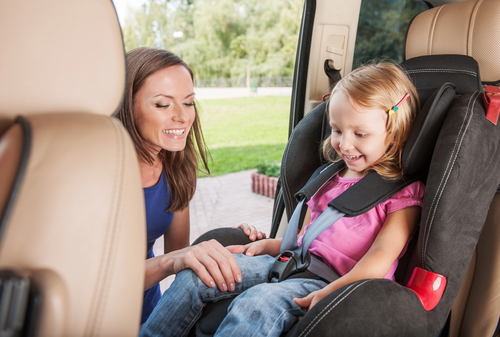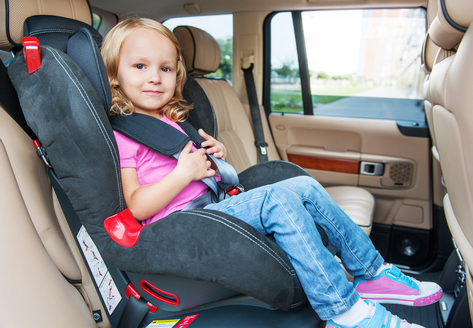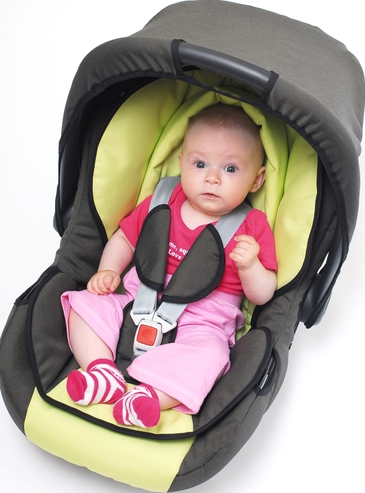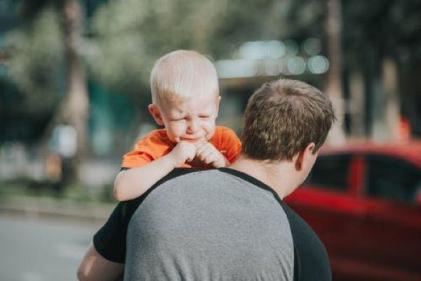
With their children’s safety being the upmost of importance for parents, particularly when in a car, it is not surprising that many mums were more than a little confused about where they could get this chest clip – a clip that is not recommended for use in car seats in Europe.
The hidden dangers of the chest clip
Older children have been known to pull their seat’s straps down which ultimately makes them less secure in the car - something the clip is intended to prevent. However, according to Maxi-Cosi trainer Shane Dowling, the chest clip, which is also known as the Houdini Clip, is actually illegal to use on a car seat due to it being an extra restraint which could possibly waste valuable time in the event of an accident. It can also damage the soft cartilage of the child’s chest, pose as a choking hazard if placed too high and doesn’t offer any extra protection to the youngster in a collision.
Why are they still available to buy?
As Shane states, it is not illegal for stores to sell chest clips “because [they] can be used on pushchairs, [but] some parents [who] experience the frustration of their child escaping from their car seat will use it there.”
When a child reaches the age of two for a boy and two-and-a-half for a girl, they can be strong enough to press the buckle's button and escape from the child seat. And while it is important that all parents warn their sons and daughters of the dangers of doing this, a five-point harness – which is found in most forward-facing car seats - can make it a little harder for them to open the buckle.
What is a five-point harness?
A five-point harness has five straps – over the child’s shoulders, between their legs and at their hips – and has been tested to ensure all children placed in it are safe.
- During a crash, a five-point safety harness transfers the impact to the child’s rigid body parts - shoulders, hips and pelvis bone - and onto the seat.
- It ensures the youngster is secured more firmly during frontal, side impacts and rollover accidents.
Baby carrier with a three-point harness
Don’t worry if your infant carrier only has a three-point harness though, as it is only forward-facing car seats which should have a five-point harness. This is because in a collision the backrest on the rearward-facing seat takes the main load and not the harness.
- The main safety feature of a five-point harness is to keep the hip area contained, which is not required when travelling rearwards. In a five-point harness, the part of the harness which passes over the child’s shoulders keeps the child secured in the car seat.
- It can actually be difficult for parents to secure and adjust the correct tension around a baby if placing them in an infant carrier (rearward-facing) with a five-point harness. According to Maxi-Cosi, “an infant will more than likely have a nappy on which will also make it troublesome. Using a three-point harness gives the parent more of a chance of getting a correct and secure fit for the infant.”
- In the event of an impact, because the child is rearward-facing, they will sink back into the seat and not be propelled against the harness.
- To put parents’ minds at ease, Maxi-Cosi testing has proven that there is no advantage in using a five-point harness over a three-point harness in a rearward-facing car seat.
When choosing your child’s car seat, it is important it fits into your vehicle correctly and is suitable for your child's age and weight.
Remember, in a 50km collision the force increases your child’s body weight by 30 – 60 times. Incorrectly fitted seats can be just as dangerous as no seat at all.








